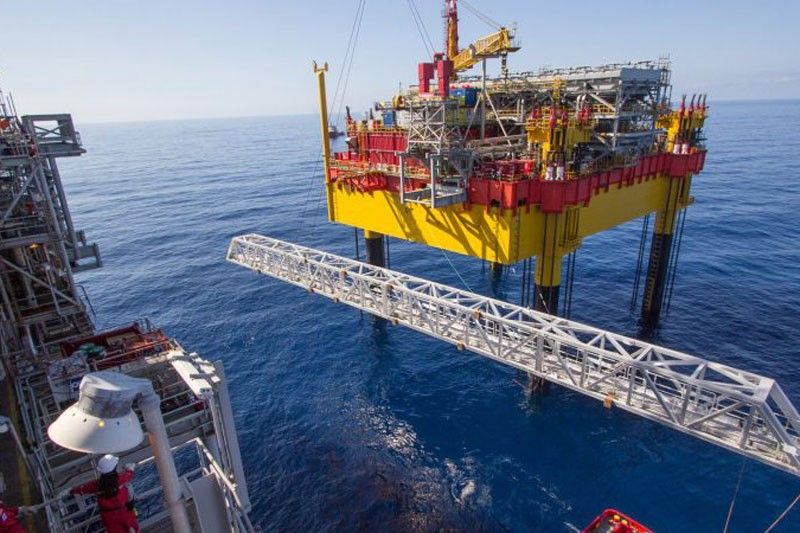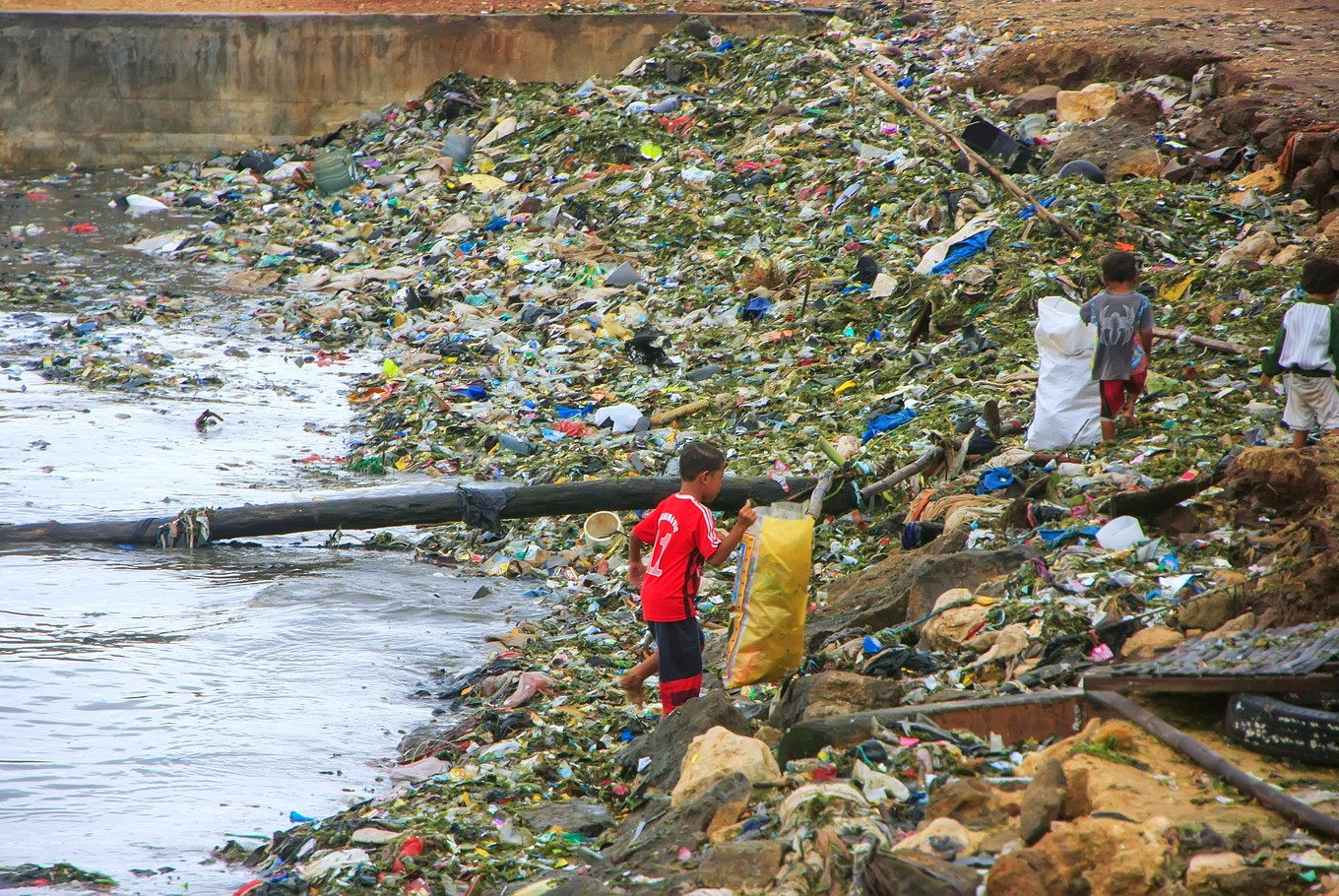Indonesia has many of the characteristics associated with an immature LNG import market, despite being an established exporter of LNG. As a country it is nominally self-sufficient in natural gas, but with a booming population and 17,000 islands across which to transport LNG, it has had to develop import facilities to compensate for the energy it cannot supply itself.
Indonesia commenced LNG exports in 1977 and by 1984 had overtaken Algeria to become the world’s leading supplier of the product. In 1988, shipments from Bontang and Arun, the nation’s two liquefaction plants at the time, accounted for almost 40% of the global trade in LNG.
Indonesian LNG exports peaked in 1999, at 28.5 mta, although the country remained the world’s leading LNG supplier until 2006 when Qatar took on that mantle. Since then, declining production at Bontang and Arun has been compensated for by output from the new 7.6 mta Tangguh and 2 mta Donggi Senoro terminals.
Indonesia’s LNG production in 2017 was 18.7 mta (19.9 mta in 2017), of which 2.64M tonnes shipped to domestic terminals. The country’s LNG output is expected to remain stable until at least the early 2020s, and probably for considerably longer. The commissioning of a third 3.8 mta Tangguh train in 2020 will help maintain the nation’s production levels.
However, Indonesia is an emerging economy and is hungry for energy in any form, but especially LNG. Pertamina only made its first LNG shipment to the east of the country in 2017 and has been busy forming alliances with independent suppliers to plug the LNG gap under a mandate from the government. This includes development deals with Woodside, ENI and BP.
Two liquefaction plants are under construction that will require the services of LNG carriers: Senkang LNG, with a contracted capacity of 0.5 mta, due to start production in early 2020; and the aforementioned Tangguh third train.
In addition, Djakarta-headquartered JSK is developing a mini-FSRU which will initially be stationed in Bali. The Karunia Dewata has 26,000 m3 capacity and will regasify around 50M standard cubic feet a day (scf/d). The LR-classed vessel is the first mini-FSRU to be built in PaxOcean’s Zhoushan shipyard and is the largest ship of its type to be built in China. The non-propelled vessel was designed for the installation of four independent type C tanks, each with a capacity of 6,500 m3 and a minimum operating temperature of minus 163C.
“Indonesia is an emerging economy and is hungry for energy in any form, but especially LNG”
“The design is focused on simple and reliable operations in Indonesian waters,” said PaxOcean engineering director Lixin Bian at the launch. The vessel will be put to service in the small-scale supply of LNG within Indonesia’s network of archipelagos, with their often shallow depths.
Gas-to-power
Remote locations and stranded gas in Indonesia are the norm rather than the exception, and this was a key factor in the deal offered to a Japanese consortium to construct and operate Indonesia’s – and Asia’s – first gas-to-power project by deploying an FSRU.
An essential element of the Jawa 1 project, the Mitsui OSK Lines (MOL)-managed FSRU will operate in West Java, distributing gas under pressure to a local power plant from its anchorage 14 km offshore in the Cilamaya Sea east of Jakarta. The gas will be sent through a 21-km long pipeline.
The power plant is jointly owned by Pertamina and trading houses Marubeni and Sojitz. At 293-m long and 43-m wide, the vessel, which will be built by Samsung Heavy Industries, will have an LNG storage capacity of 170,000 m3 and a regasification capacity of 300M cubic feet per day.
According to a statement by the consortium partners, the FSRU will feature “the optimal tank and regasification capacity tailored to the plant’s power generation ability.” Co-financiers for Jawa 1 include seven banks. MOL has a central role in the project, which is due to start up in December 2021 and run for a contract period of 25 years.
The Jawa 1 project will be watched closely in a region that most analysts consider to be ripe for FSRUs usually deployed to ‘stranded’ – or smaller – fields, where the cost of a fixed platform is not justified or is at least marginal. “As regions worldwide have comparatively unexpected and smaller gas requirements, FSRUs are projected to meet their demands,” noted energy consultant TMR in early 2019. “The low cost of construction required for FSRUs is another [attraction] that is likely to contribute to the development of the global market in coming years,” it added.
The difficulties involved with remote access can sometimes kill or stall a project. Pertamina recently decided not to construct the Bojonegara LNG receiving terminal, proposed for a site to the west of Jakarta. The US$800M project would have provided Indonesia with its second land-based receiving facility.
However, the proposed location is about halfway between country’s two existing large-scale FSRU receiving terminals – PGN FSRU Lampung at the southern tip of the island of Sumatra and Nusantara Regas Satu in Jakarta Bay where it serves Jakarta.
However, doubts began to emerge as regards the immediate need for another LNG receiving facility in the area, as the distance between the two FSRUs is only 250 km. In October 2016 the project participants agreed to push back the start date to 2020.
Project delays in Indonesia are not unusual. Indonesia was on the cusp of a world first with Jayanti Baruna, a 2,200 m3 Compressed Natural Gas carrier (CNG) which was contracted by Pelayaran Bahtera Adhiguna, the Indonesian subsidiary of state power company Perusahaan Listrik Negara (PLN) in 2014. The pioneering vessel is designed to hold natural gas at 250-bar pressure to be transported in 832 vertically-arranged, 12-m high cylinders designed and fabricated by CIMC Enric. The vessel was completed in China in 2016, but has yet to be delivered due to a lack of gas receiving facilities in Indonesia.
Floating LNG
As mentioned above, SHI is constructing a floating LNG vessel for Eni’s Coral FLNG initiative in Mozambique. The 3.4 mta floating production vessel will go on station off the country’s northern coast for 25 years. BP has agreed to purchase the entire output of the Coral FLNG vessel.
Floating LNG production obviates the need for undersea gas pipelines to a shore liquefaction plant when the commercialisation of remote gas fields is being considered. Because FLNG vessels are constructed at specialised facilities, the local labour costs and permitting issues associated with the construction of shore terminals can be avoided.
“Remote locations and stranded gas in Indonesia are the norm rather than the exception”
Despite the use of innovative technologies and the detailed preparation work associated with these inaugural floater projects, the FLNG approach usually translates into shorter lead times and less capital expenditure than is required for traditional shore-based liquefaction plants. The US$7Bn Coral LNG will be 439-m long, 65-m wide and weigh about 210,000 tonnes. It is designed to produce 3 mta of LNG and 480,000 tpa of condensate. The first cargo is scheduled for 2022. It could be that Coral LNG beats Mozambique’s onshore LNG to market.
The onshore project is far larger, consisting of two LNG trains with total nameplate capacity of 12.88 mtpa to support the development of the Golfinho/Atum fields located entirely within Offshore Area 1.
This foundational project paves the way for significant future expansion of up to 50 mtpa from Offshore Area 1. The Golfinho/Atum Project will also supply initial volumes of approximately 100 million cubic feet of natural gas per day (MMcf/d) (50 MMcf/d per train) for domestic use in Mozambique. Anadarko Petroleum Corporation has signed a number of sales and purchase agreements for Mozambique LNG1.
We now see that a former major exporter of LNG is turning to the newest supplier in the field to provide energy to meet its future demands: Anadarko and Mozambique LNG1 has announced it is to supply 1 mta for 20 years to Pertamina.
“Indonesia is expected to be one of the fastest growing natural gas markets in Asia and Pertamina, the national energy company of Indonesia, will play a key role in meeting Indonesia’s long-term energy needs,” said Anadarko executive vice president international, deep-water & exploration, Mitch Ingram. “The Anadarko-led Mozambique LNG project is well positioned to make a sanctioning decision in the first half of this year, as we remain on track to complete the project financing process, secure the necessary approvals, and have executed a sufficient volume of long-term SPAs, which now total more than 9.5 MTPA. We are extremely pleased and grateful to Pertamina for selecting Mozambique LNG to be part of its long-term energy portfolio.”









